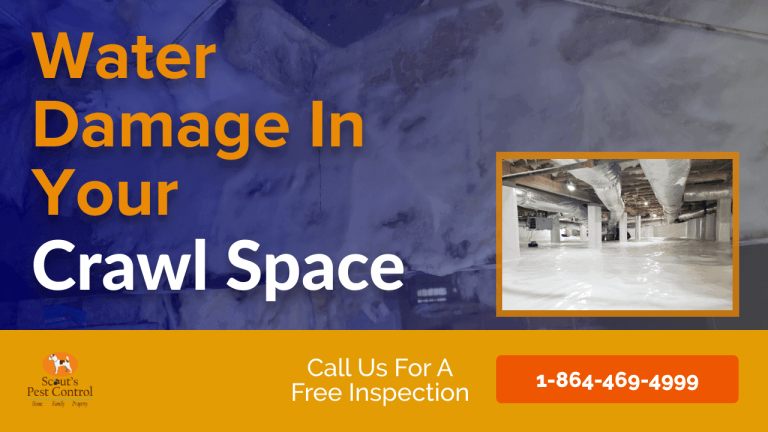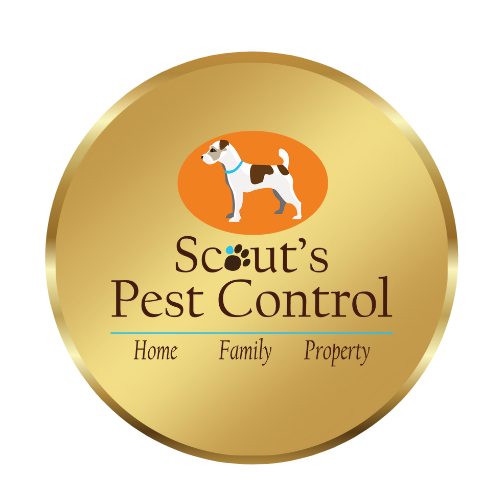This Video Shows You How Water Will Damage Your Crawl Space
3. The Worst Cases Of Pest Infestations
The rain is often beautiful and of course life-giving, but with extreme weather comes problems. If you do not take precautions to protect your home from water and the extreme elements, issues begin. Water that gets in often leaves your home more humid than usual. Excess water in your crawl space makes it wet and musty. Water can stay in your crawl space for months and years, and the long-term damage can make you spend more on maintenance costs. A flooded crawl space can lead to property damage, reduced property value, and health issues. Even small elements of water that get in can do damage by attracting pests who settle in your home. Find out how your crawl space gets damaged by water and how you can address it.
Structural Damage
Water causes wood to rot over time. Exposing the wooden structures of your crawl space to standing water will result in structural damage. You might observe how the beams and joints weaken and show signs of rot. This will lead to failure of weight support, which brings structural problems such as drywall cracks and sinking floors. Costly repairs needed will not only be for your crawl space but for other parts of your home. Furthermore, you now have a possible pest infestation.
Pest Infestation
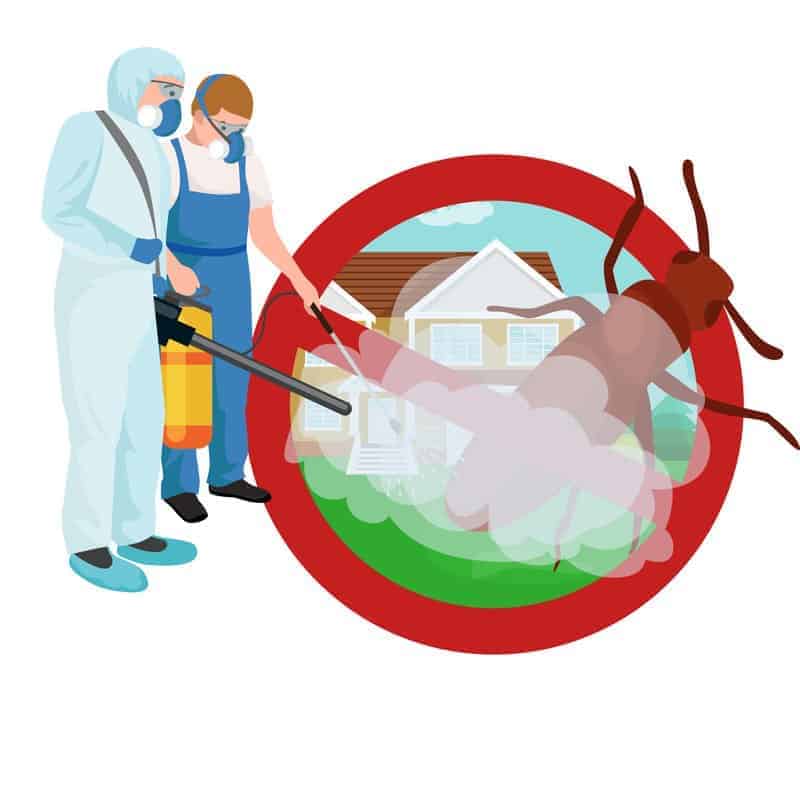
Water doesn’t only cause damage to the wooden structures of your home. It also provides a breeding ground for bugs and pests such as ants, dust mites, and rodents. These pests are attracted to damp and musty areas. Once they destroy insulation and wooden structures underneath, it’s not impossible to have them go inside your home through air ducts and wires. Dust mites’ droppings that stay afloat in the air can trigger allergic reactions or asthma.
The Worst Cases Of Pest Infestations
Probably the worst pest infestations to get are going to be the Termite Infestations. These pests consume wood at a tremendous rate and often go undetected until you start to see the outward appearance of the damage, such as termite tubes in wall structures. A colony of termites can destroy a home in several years and often that damage is missed by homeowners.
High Energy Bills
Water damage is not just limited to your structure. It can indirectly affect your energy bills because of the humidity it brings. Standing water in your crawl space can increase humidity in your home. This prompts your HVAC system to use more energy to cool the air. The higher energy consumption translates to a higher energy bill.
Mold and Wood Decay
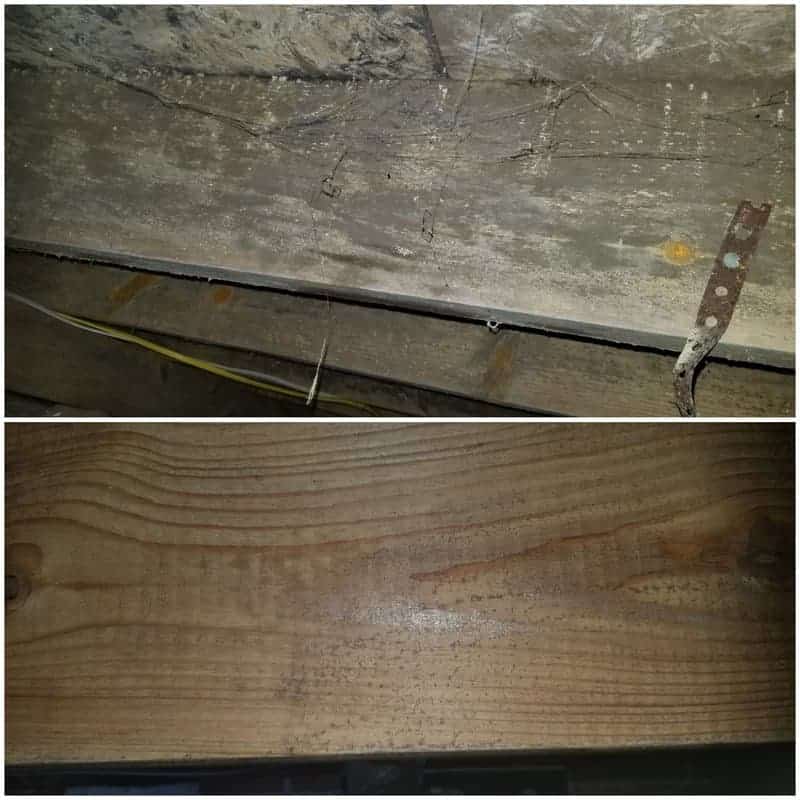
Water puddles may not directly affect you, but the mold can. A wet crawl space is a breeding ground for molds, bacteria and fungus. When warm air rises from your crawl space, you are at risk of having mold spores go inside your home. Circulating mold spores can give you respiratory or allergic problems. Fungus can also rot your wood and needs to be treated.
Mold also reduces the value of your property. If you plan to put your property for sale in the future, you’ll be forced to sell it at a lower value. No prospect homeowner would want to purchase a moldy property, not to mention the health concerns that come with it.
Musty Odors
Stagnant water coupled with rotting organic materials creates a musty odor. These odors will make their way into your home. No matter how hard you clean your HVAC system, you can still end up having poor air quality because of the musty odors coming from your crawl space.
Causes of Water Flooding
You are now aware of the problems that standing water can cause to your home. What exactly causes water to enter your property? The water may have come from groundwater or rainfall. It can be also caused by leakage brought by plumbing issues. Let’s take a look at a few examples.
Grading
Incorrect Grading is usually done by your contractor to prevent water saturation in the foundation of your home. The ground should be angled in a slope that leads direct water away. If grading is done poorly, this results in over saturated soil that presses against the walls of the foundation. The pressure created forces water to go in through small cracks in the foundation and into the crawl space.
Grading is usually done by your contractor to prevent water saturation in the foundation of your home. The ground should be angled in a slope that leads direct water away. If grading is done poorly, this results in over saturated soil that presses against the walls of the foundation. The pressure created forces water to go in through small cracks in the foundation and into the crawl space.
Improper Installation of Drainage Systems
Gutters and drainage systems prevent water from accumulating in the foundation of your home. Rainwater is caught by the gutters to avoid soil over saturation. The collected water flows through the gutter drainage and away from your home. If the gutter and drainage systems are incorrectly installed, this can lead to an over saturated soil that can lead water in the smallest cracks in the foundation.
Heavy Rainfall
The rainy months cause water tables to go high. During this season it is normal to see flooding in some areas. Since your crawl space is closest to the foundation of your home, it is more prone to flooding when the rain pours heavily and incessantly.
Broken Water Lines
Broken water lines are a common result of frozen pipes, sewer backups, and damaged plumbing. They not only cause structural damage, but they are also a culprit for high utility bills and musty odors. Water leakage occurs and as it pours, it can get into your crawl space. The water puddles can give off musty odors and the humid temperature can rise to the floors.
Foundation Cracks
The smallest cracks in your foundation walls may seem to be safe. In the long run, these can cause serious damage to your home. As water seeps into foundation cracks, flooding in your crawl space can occur.
Excess Moisture
Excess Moisture is something that you also need to watch out for. Moisture comes in when there are leaks in the doors and vents of your crawl space. Vents are meant to allow air to circulate to keep your crawl space dry. Your home is more prone to excess moisture if you live in an area with a humid climate and frequent storms. is something that you also need to watch out for. Moisture comes in when there are leaks in the doors and vents of your crawl space. Vents are meant to allow air to circulate to keep your crawl space dry. Your home is more prone to excess moisture if you live in an area with a humid climate and frequent storms.
Moisture also comes from the soil especially when the dirt floors are left exposed. The soil may look dry but the moisture has evaporated into the air in the crawl space.
Crawl Space Encapsulation — Water Protection
You can remove water from your crawl space by using a sump pump or a wet vacuum. A dehumidifier works in reducing humidity but it doesn’t directly address the main problem. The key to avoiding water and moisture from staying in your crawl space is by identifying where the problem lies. The next step is to fix or block it.
Get The Crawl Space Encapsulated
Protect your crawl space from unwanted flooding by installing gutter and drainage systems properly. Inspect your plumbing and water lines from time to time. Repair wall cracks and damage in the foundation. Seal any leaking doors or vents in your crawl space. Then you should have your whole space encapsulated which not only prevents pest infestations, but also stops water pooling and causing damage to your home. A properly fitted crawl space encapsulation not only looks aesthetically pleasing to the eye, but will also put value on your property when you sell.
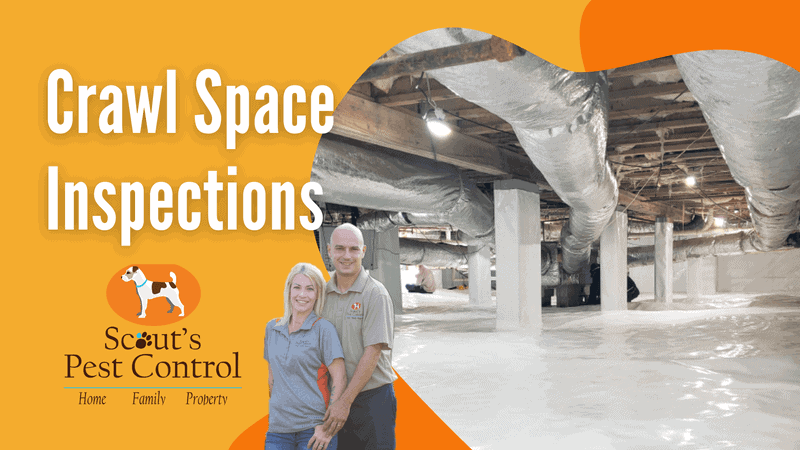
Waterproofing Solutions
Cleaning your crawl space can pose risks to your health especially when mold and dust are present. There are also safety protocols that need to be followed when trying to install a sump pump. Instead of dealing with dust, muddy floors, and soggy insulation, contact Scout Pest Control today. We don’t only clean up the mess in your crawl space. We can provide you drainage and waterproofing solutions to avoid future flooding.

